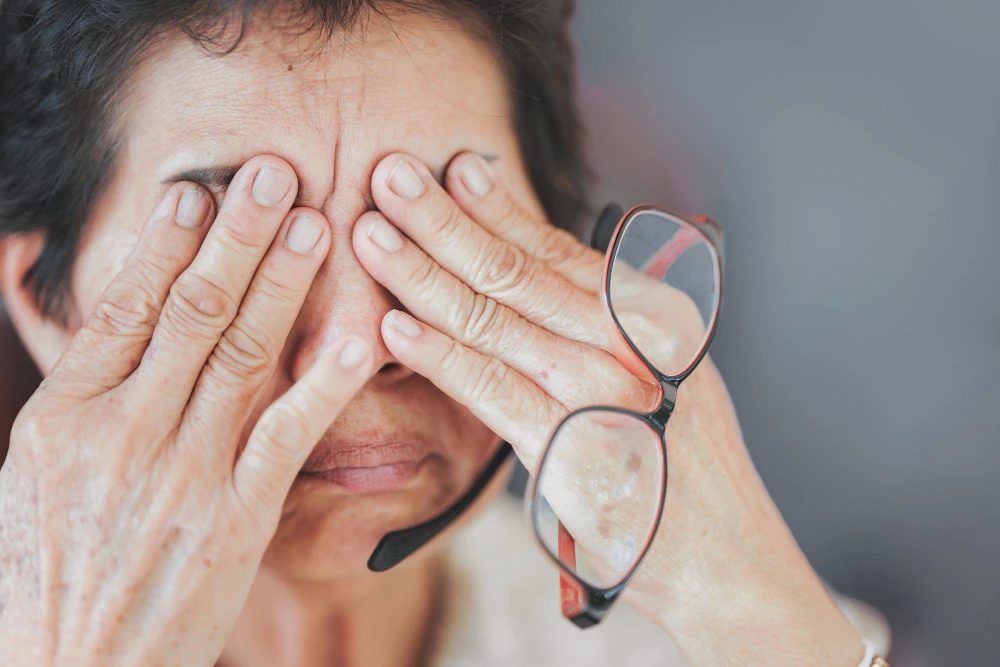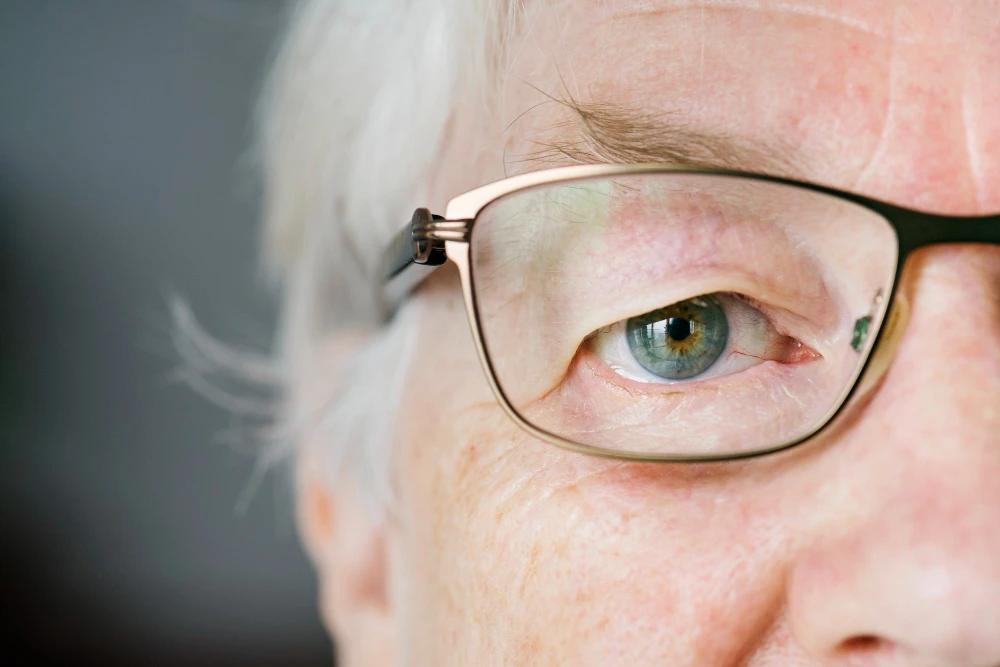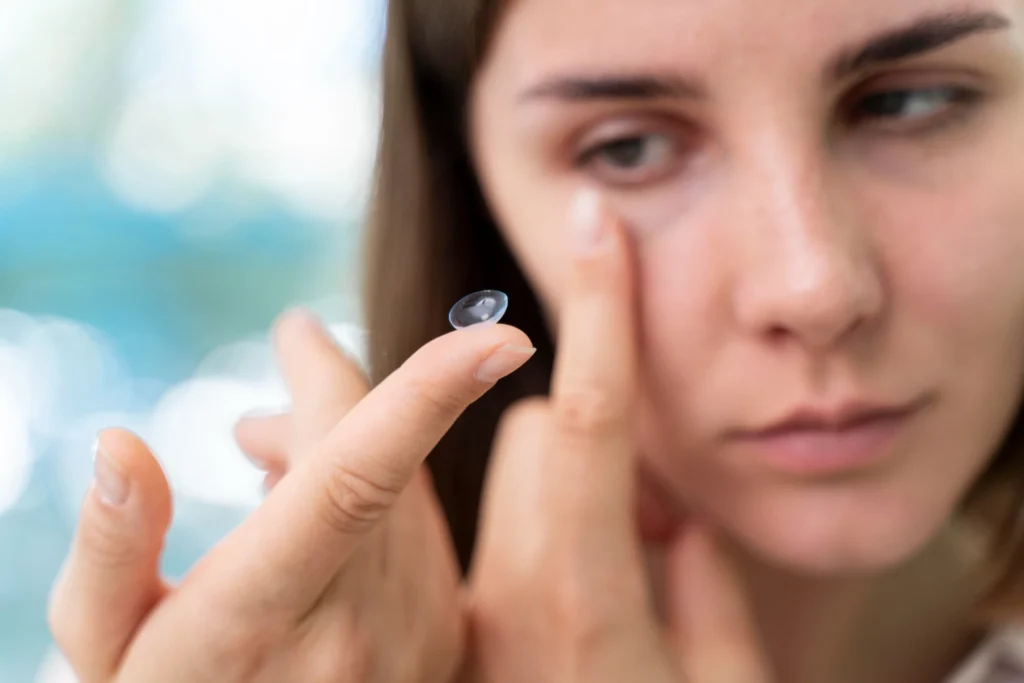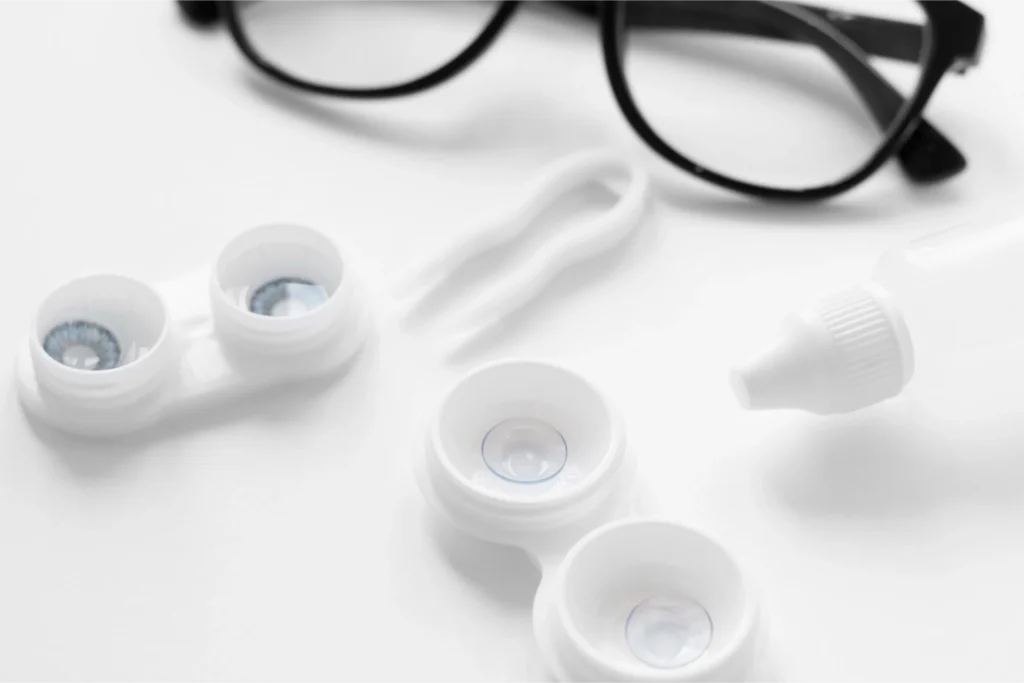Around the world, people are suffering from different eye diseases, but millions are suffering from age-related macular degeneration, also known as AMD. People who step in at 50 may start experiencing this issue, which results in further vision complications. When age-related macular degeneration gets serious, a person may have trouble seeing things from close or far.
People of old age may experience severe issues of eyesight that result because of AMD. Because of poor vision, it damages the part of the retina called the macula. In the beginning, a person may experience trouble reading small print, difficulty driving, or recognizing faces.
However, in the beginning, most people don’t experience any symptoms. But with time, people expect some signs. If you are experiencing some signs, it is essential for you to know what age-related macular degeneration is in detail. So, let’s dive into the details!
What is Age-related Macular Degeneration?
Age-related macular degeneration, also known as AMD, is a common disease that takes place in people aged 50 or more. The advanced stages of AMD may result in serious complications that can strongly affect vision.
This medical condition occurs when a person’s retina specific area is damaged or worn down. The retina of the eye is an essential element that’s affected with age. To avoid AMD, it is important to seek eye disease management. It is necessary to get your eyes checked to know if there is any potential risk. Identifying the issue at the start will help you to cure it on time before it’s too late.
Types of Age-Related Macular Degeneration
Below are the main types of age-related macular degeneration that most people experience.
Dry Age-Related Macular Degeneration
This is the most prevalent type of age-related macular degeneration. Mainly of the AMD cases are dry. Its exact cause remains unknown. But both genetic and environmental factors are suspected to be contributory. This occurs because the macula’s light-sensitive cells gradually degrade—usually, one eye at a time.
The loss of sight in this condition is usually very slow and progressive. Age-related damage to an important support membrane beneath the retina is believed to lead it towards dry age-related macular degeneration. With time, it gets worse, and people start to experience different types of complexities.
If a person leaves it unaddressed, it may result in loss of vision. Therefore, if you experience some signs that indicate any eye issue, it is essential to get your eyes checked by the doctor.
Wet Age-Related Macular Degeneration
This category is less common, but the patient generally loses his vision worse than in dry AMD. This is the most common cause of severe visual impairment. When the abnormal blood vessels start to grow beneath the retina, it results in wet AMD. These leak fluid and blood and may produce a large blind spot in the center of the visual field.
In some cases, people in start to have dry AMD, but with time, it develops in liquid form. It may develop scars in the retina that can slowly affect the vision and result in permanent loss of vision.
Symptoms of Age-Related Macular Degeneration
At the start, there will be no apparent symptoms of macular degeneration. It may also not be diagnosed until it gets more severe or involves both eyes.
Symptoms of macular degeneration may include:
- Worse or less clear vision.
- Your vision may be hazy.
- You might not find it easy to read small print, drive a car, or even identify people’s faces.
- Missing areas in the center of the vision
- Straight lines look wavy
- Different color perception
- Loss of central vision
- A dark blind spot in the center
If you experience any of these symptoms, it is essential to consult your doctor to start your treatment immediately.
Causes of Age-Related Macular Degeneration
There is no known reason for the development of AMD. However, there are some factors that result in AMD. The factors include
Age
The main reason for developing age-related macular degeneration is age. People who reach the age of fifties may have a higher risk of developing AMD. Age is the main factor that becomes the cause of age-related macular degeneration.
Smoking
If you are a smoker, the risks for AMD can be up to four times higher than with an individual who has never smoked in their life. It is probably the result of less oxygen being delivered to various parts of your body, including the eyes, due to smoking. However, smoke irritates the eyes, which can result in more eye conditions.
High Blood Pressure
High pressure in your blood, like smoking, very highly restricts how much oxygen reaches the eyes, and this may increase your chances of developing AMD.
Heart Disease
If you had strokes, angina, or heart attacks, your risk of facing AMD could increase the level of a person who didn’t suffer any of these issues. High cholesterol may also increase your chance of developing it. The heart is the main component of the body that affects the whole body, including the eyes.
Stages of Age-related Macular Degeneration
Below are the stages of age-related macular degeneration that a person experiences.
Early Stage: In the initial stage, a person may experience no symptoms. A person may not know at this stage that they have AMD.
Intermediate Stage: At this phase, a person may experience some minor issues. You would observe subtle symptoms such as central vision blurriness or difficulty seeing things under low light.
Late Stage: At this stage, you will probably begin to perceive the straight lines as wavy. You may also have blurry vision at the center, which can actually get wider or worse with time. Colors may appear less bright. Furthermore, it is really troublesome to see with little light.
In the case of wet AMD, a person may identify it in the last stages, but dry AMD can be diagnosed in the earlier stages with the help of an eye examination test. At Vision Gallery, you can get your eyes checked so you can start with eye disease management.

Test To Diagnose Age-related Macular Degeneration
To know the person has age-related macular degeneration, your doctor will take your complete medical history and conduct some tests. Below are the tests that can help doctors to diagnose AMD.
Retinal exam: When your doctor does their eye test, they will look into the retina of your eyes. They will investigate under the retina for Drusen.
Amsler grid: Your doctor might also want you to view an Amsler grid, which is essentially a checkerboard composed of straight lines. If some parts of lines appear as wavy or missing, this could indicate macular degeneration.
Angiography: When your doctor finds AMD, you may be subjected to an angiography or one involving an eye specialist who will carry out optical coherence tomography OCT. In angiography, your physician injects dye into a vein in your arm. They capture images as the dye circulates past your blood vessels in the retina. The photos will help determine whether there are new vessels or if the vessel is leaking fluid and blood in your macula, as well as how it looks. OCT is an imaging scan that can reveal fluid or blood beneath your retina without dye.
It is essential to visit your ophthalmologist regularly in order to identify signs of macular degeneration at an early stage.
Final Thoughts
AMD is a common eye disease that starts appearing when a person hits a certain age. If you’re experiencing issues in seeing things, it is time to seek a doctor’s consultation. Book your consultation today by calling us at 281-377-0219.






